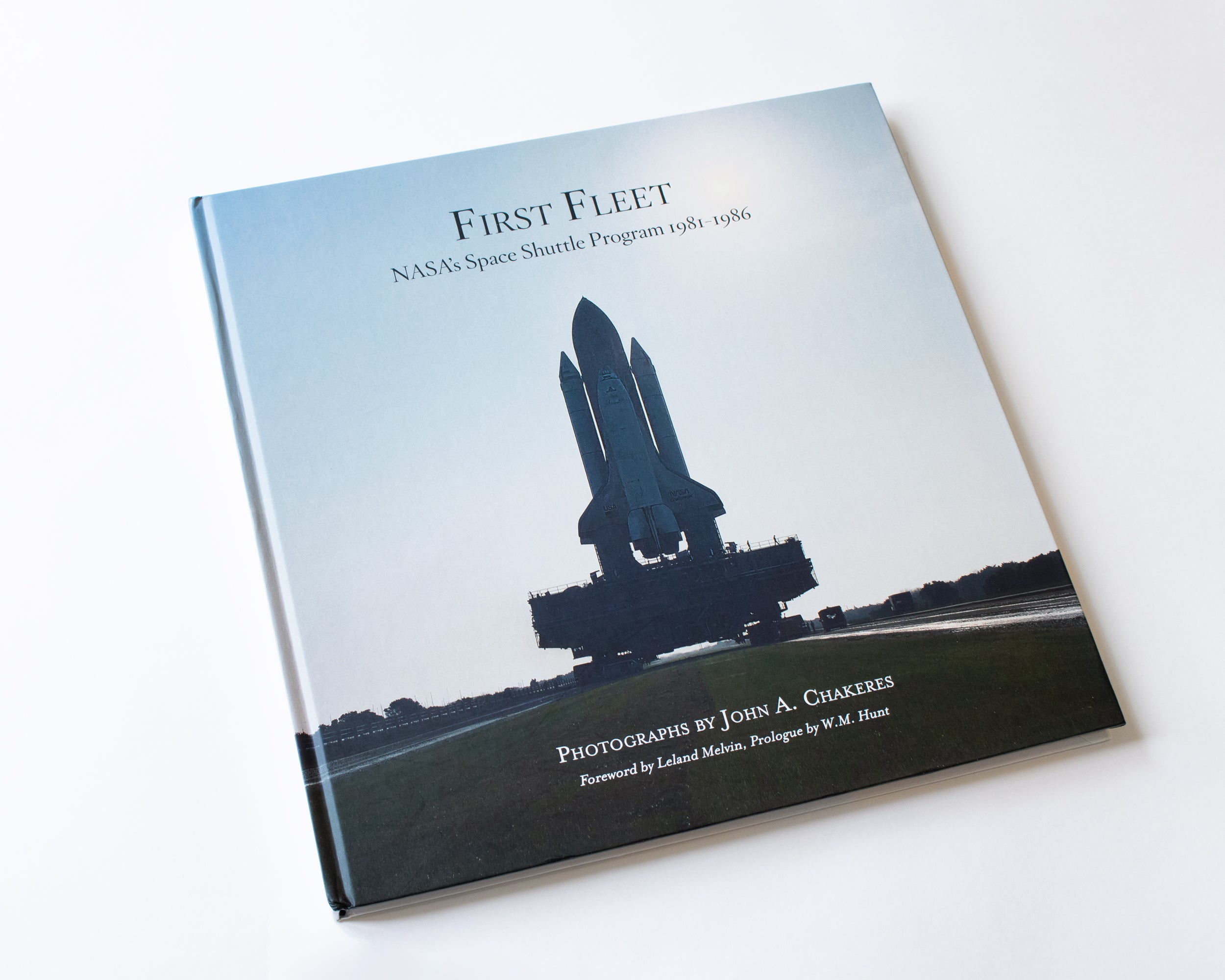FIRST FLIGHT ATLANTIS

Challenger – Roll Over Head On View -1985

Challenger - SpaceLab Orbiter Processing Facility - 1985

Atlantis Arrival - Crew Compartment - Kennedy Space Center - 1985

Atlantis Arrival - Vertical Stabilizer - Kennedy Space Center - 1985

Challenger - Roll Out Crawlerway - 1985

Discovery Mission 51A - Launch Complex 39A Remote Site 1 - 1984

Discovery Mission 51A - Launch Complex 39A Remote Site 2 Frame 18 - 1984
The modern workhorse of our space program, the Space Shuttle, flew 135 missions, persevering through setbacks and tragedy to inspire countless men and women to dream of new horizons. These powerful birds deployed satellites, served as a test bed for scientific and medical research, and made it possible to build our orbital outpost, the International Space Station.
I had the privilege to live and work aboard the ISS for twenty-three days—twenty-three days I will never forget.

Discovery Mission 51A - Climb Out Press Site - 1984


Challenger Mission 41B - Climb Out - 1984








